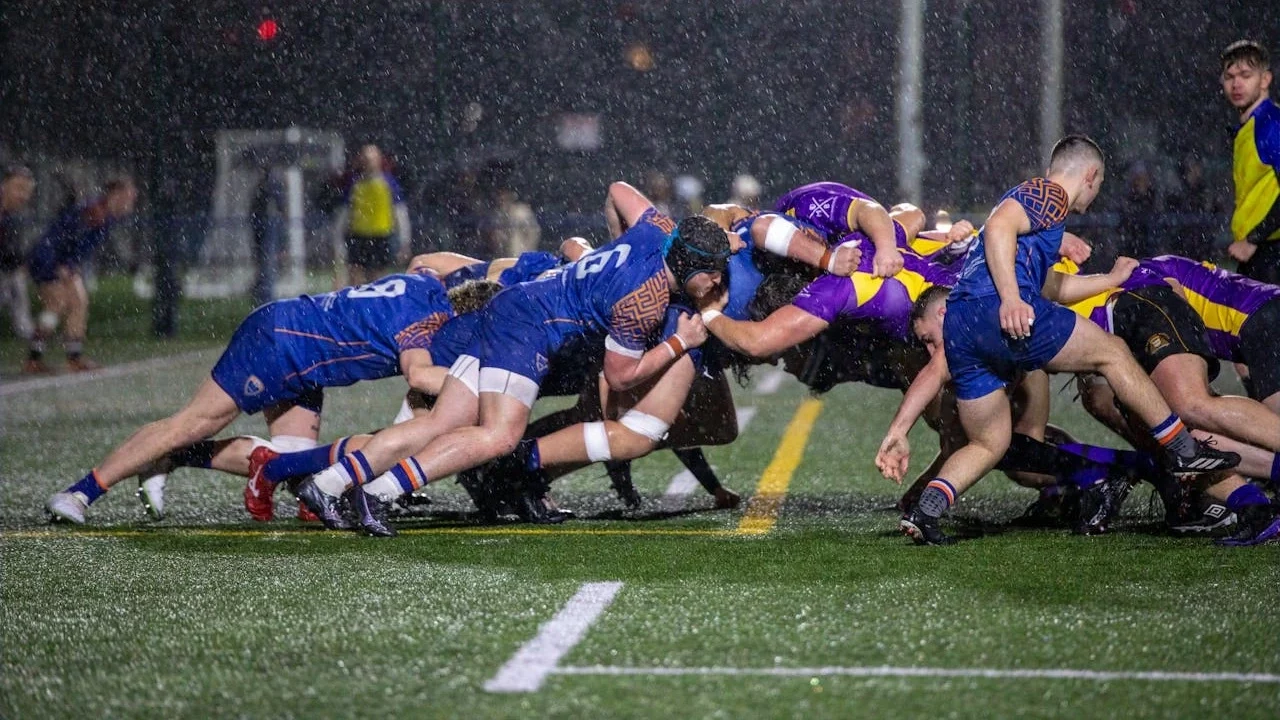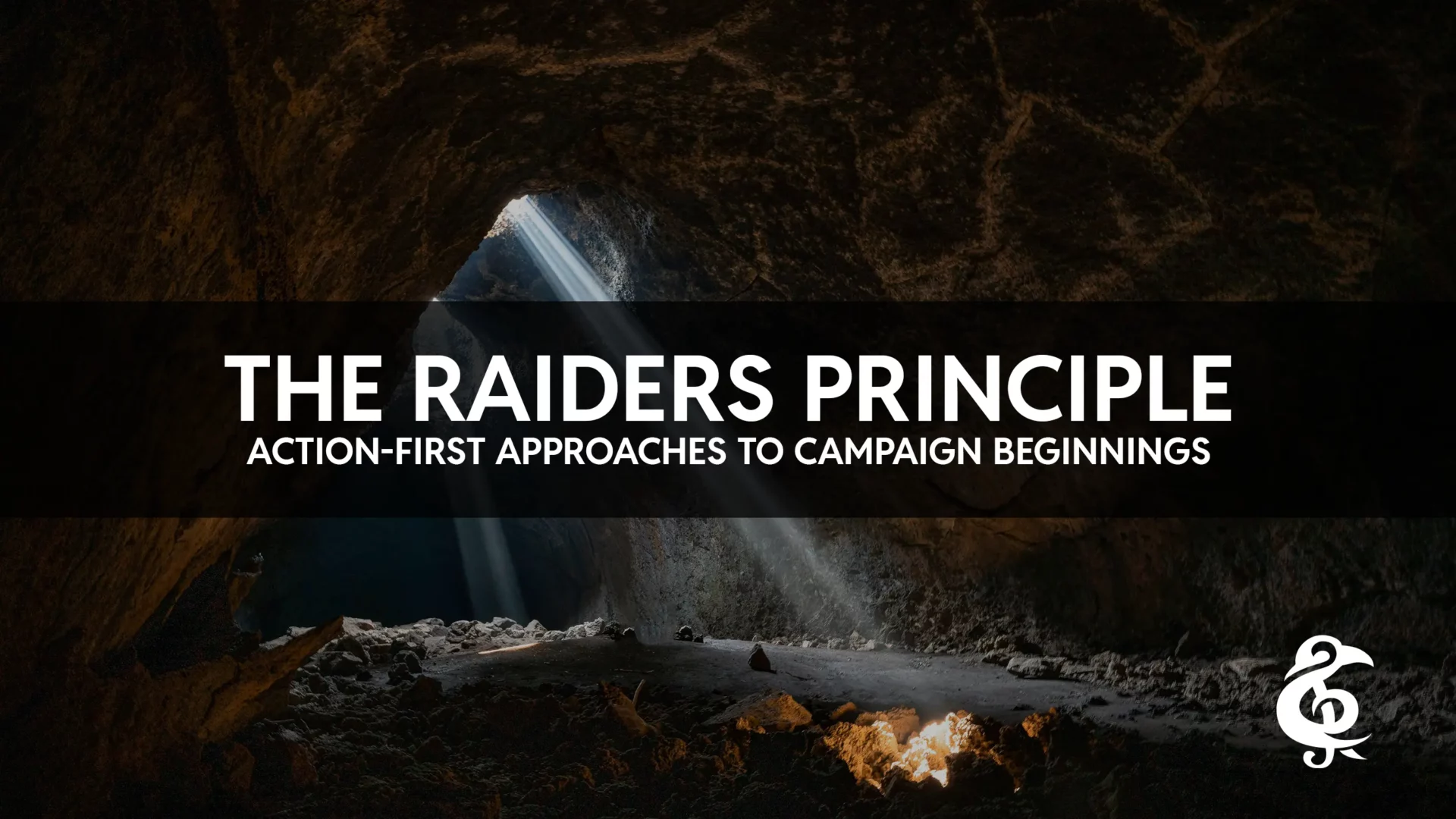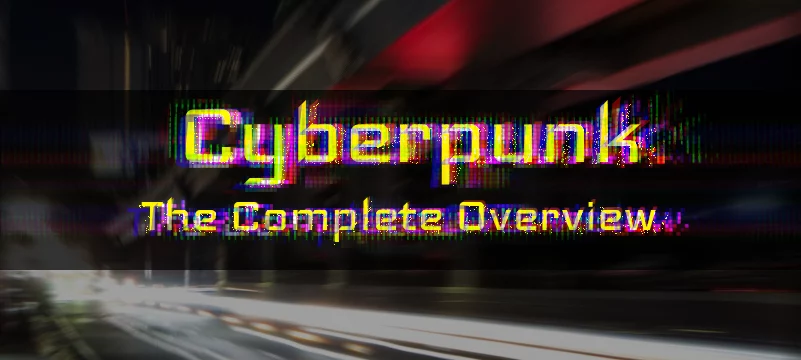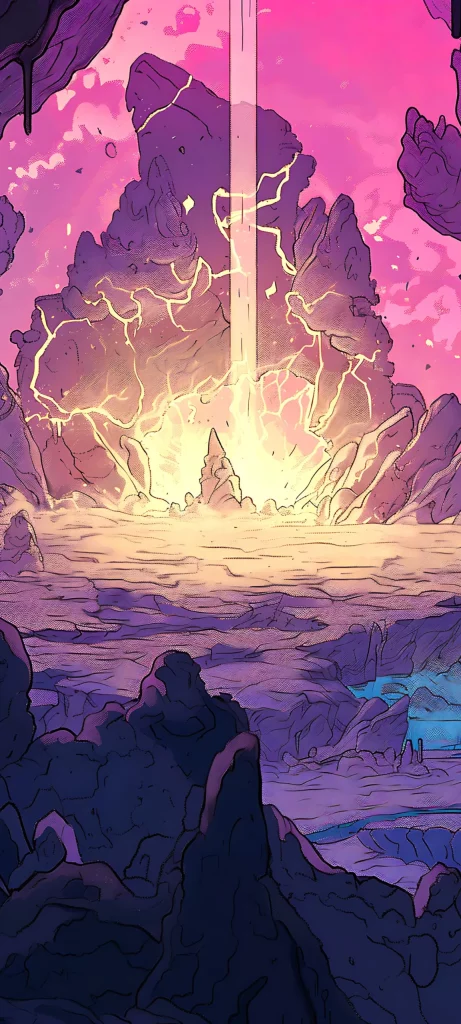Starfinder is a tabletop role-playing game by Paizo mixing space opera, magic, and cyberpunk. The Starfinder Playtest is available now—for free here—as Paizo evolves the system to match Pathfinder 2nd Edition. This guide covers what Starfinder 2e is now and how it feels to play. Curious how the Paizo team have blended fantasy with sci-fi? Here is a crash course with laser rifles and fireballs.
Before Getting Started with the Starfinder Playtest

There are three things I wish to highlight first:
- Number one, this is a Playtest. Starfinder 2e’s full release date is set for this summer at Gen Con 2025. Paizo have already made changes based on community feedback and will continue to do so. This is awesome for good game development, but means things here could change.
- Second, Paizo are working to make Pathfinder and Starfinder fully compatible. A rust monster from the Pathfinder Bestiary can fight the party’s space travellers with no conversion necessary; the party could pick up a Medusa’s Scream shield from the Core Rulebook and use it straight away. The amount of official monsters, gear, and abilities already available is amazing and will only continue to grow.
- Lastly, the Playtest PDF is available for free. At 266 pages, artwork all included—some really gorgeous—going for $0, this is an easy recommend; anyone even a bit curious should go for it!
The Starfinder Setting
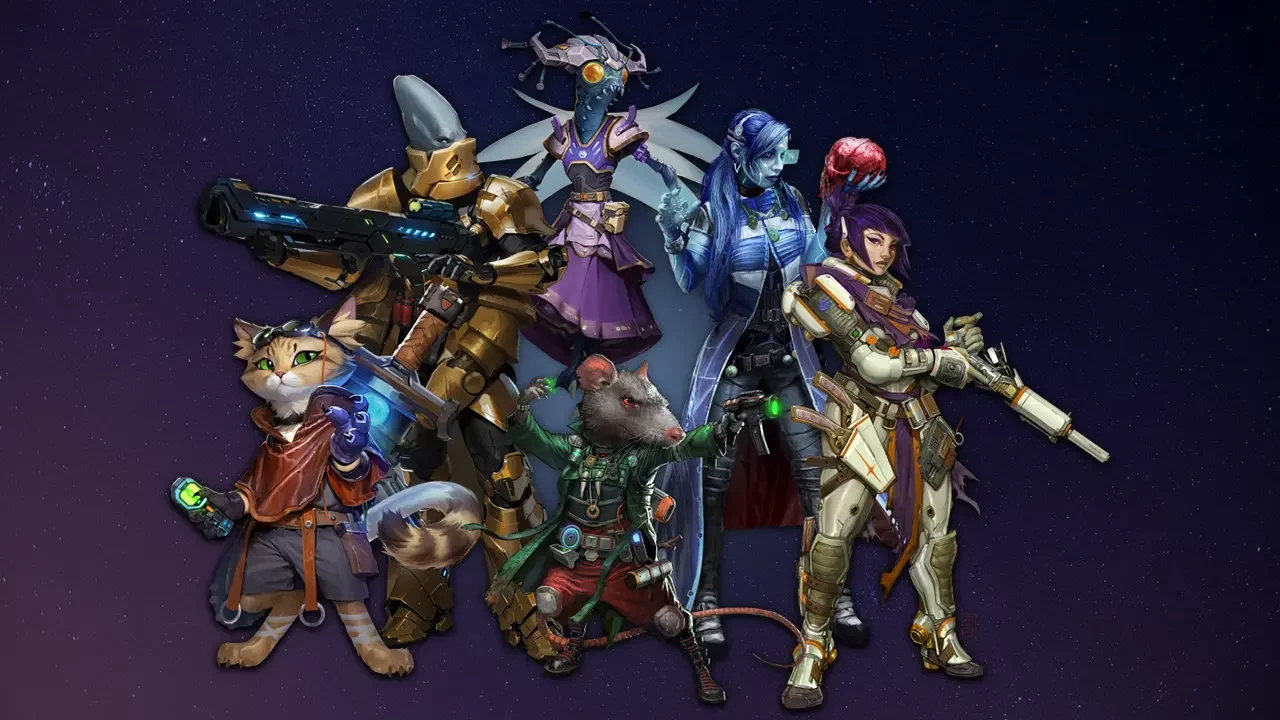
The Starfinder Playtest is streamlining the lore from first edition. The official setting starts with the Pact Worlds. These are in a central star system made up of independent planets and space stations loosely working together. This provides GMs and players with a lot of different cultures and locations to build adventures from. Heavy combat, political intrigue, espionage, or exploration into the greater unknown could all feature if desired.
Starfinder’s mix of technology and magic underlines its potential variety. Starships can run on magic; fighters might wear heavy futuristic armour while casting fireball at enemies. Magic comes from science or religious studies, making it feel naturally part of the system, not tacked on. However, with some work, GMs could run games exclusively on traditional sci-fi elements like androids and cyberware if they wanted.
Exploring the unknown does offer some cosmic horror potential. That said, groups wanting that are probably better off looking at Free League’s Alien RPG or Mothership by Sean McCoy. Characters in Starfinder are a lot tougher and more heroic. Consequently, groups wanting the feel of Star Wars, Guardians of the Galaxy, or Mass Effect will do better here.
Core Mechanics in the Starfinder Playtest

Starfinder—and its fantasy sibling Pathfinder—continue to enjoy their Dungeons & Dragons (D&D) 3.5 Edition roots. That means this is mostly a d20 system with six ability scores—Strength, Dexterity, Constitution, Intelligence, Wisdom, and Charisma. This also means there’s a lot more detail for gamers than, say, a Dungeons & Dragons 5e game. For instance, armour has both Hardness—damage reduction—and Hit Points (HP). When armour loses enough HP to pass its Broken Threshold (BT), it becomes useless and needs repairing; when it hits zero, the armour is completely destroyed.
Even with such detail, there’s a lot of flexibility. The Playtest has scrapped first edition’s fixed move-attack-swift action economy. Instead, there is the much freer three-action economy from Pathfinder 2e. Characters make any combination of Strike—attack, Stride—move, Interact, Raise Shield, Cast a Spell, Activate Item, and Ready actions; they also have one reaction per round.
The game gives players even more choices by making special attacks and abilities cost more action points. For example, a soldier could risk three quick Strikes, the second and third shots getting increasing penalties to hit; or, they could make one heavy attack and then power up their shield for an enemy counterattack.
Then there are Resolve Points. Starfinder uses this meta currency to give players even more options. Players can choose to save these to stabilise their character when they’re dying or regain consciousness at 0 HP. However, they can also spend them on powerful abilities or triggers for gear and spell boosts. Replenishing only on a full rest, players have a nice risk-reward decision on when to use these every session.
Starfinder Playtest Character Creation: Ancestries
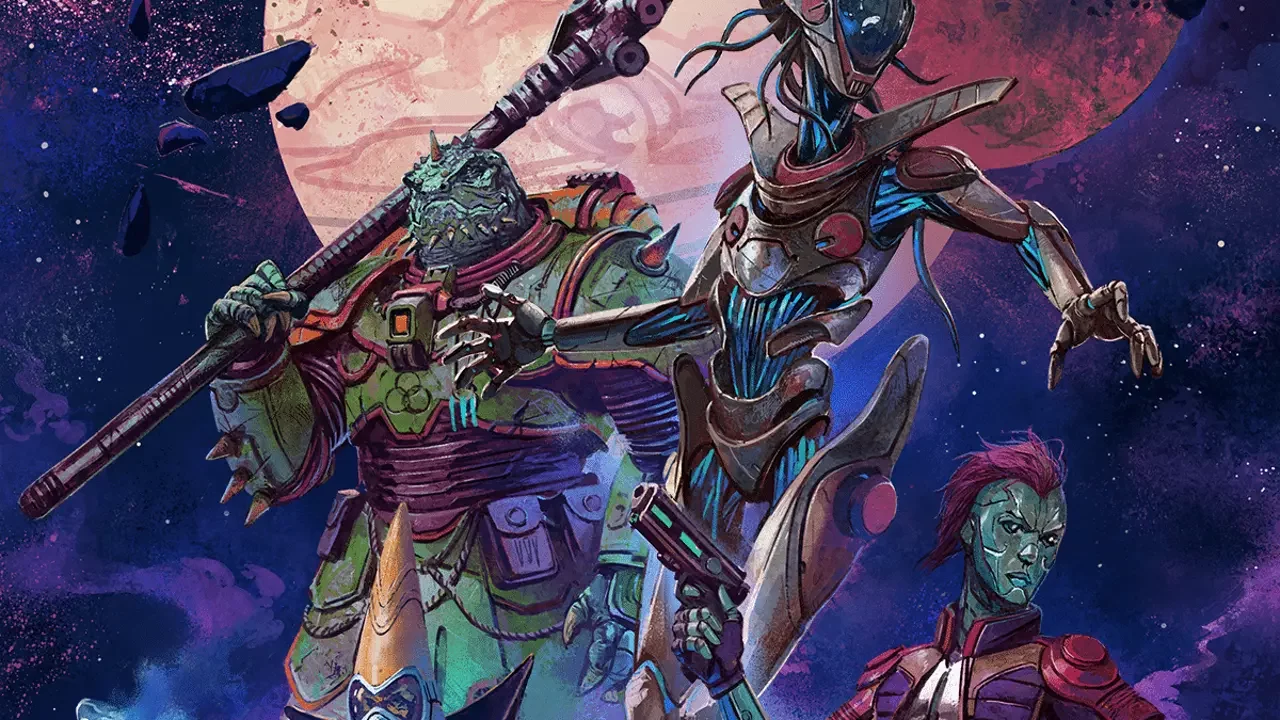
As mentioned, GMs are free to let fantasy ancestries and classes in from Pathfinder with little to no conversion. That said, Starfinder has its own twelve ancestries to add to the mix. Besides humans, there are the cat-like Pahtras, insectoid Shirren, lizard-like Vesk, and the rodent-like Ysoki; more traditional sci-fi choices are androids, Kasatha—like four-armed Protoss, and Lashuntas—humanoids with antennae; Skittermanders are cute, six-armed over-active balls of fur, and the Barathu, my favourite, are gloriously alien blobs. Lastly, there are two ancestries that overwrite a character’s origin. The Borai are undead, and the Prismeni have had over-exposure to a mystical plane called the Drift; the Drift is what starships use to get to far away systems.
Starfinder Playtest Character Creation: Classes
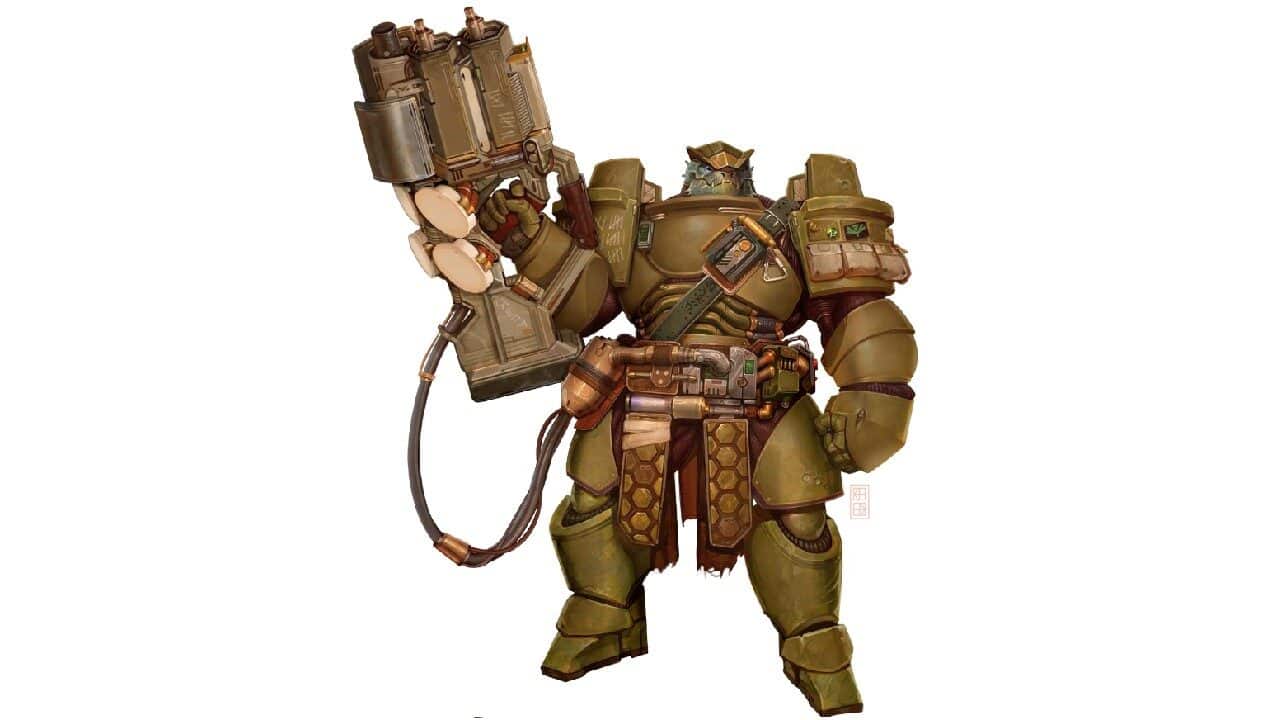
There are seven more classes for Starfinder—and Pathfinder—players to choose from. The PDF has the mystic, operative, solarian, soldier, witchwarper, and the envoy. These first five roughly fill the roles of sci-fi cleric/druid, rogue, paladin with stars and gravity powers, warrior, and mage. Envoys are slightly harder to find a comparison; they play similarly to a bard without spells, or a D&D 4e warlord with more emphasis on social skills. The tech class—free to download here—is in testing which adds ways to play a mechanic or technomancer. It’s worth noting all classes have heavy sci-fi themes and abilities in mind, even ones with obvious fantasy comparisons.
As I said, characters in Starfinder are pretty tough compared to more unforgiving systems. Characters start at level 1 and go all the way to level 20, their power levels rising all the time. Players get a skill-related feat every even-number level-up, and every odd-number gives either a class feat or a general feat. This makes levelling up always feel important, as well as eventually creating some extremely powerful characters. Some min-maxing will be necessary for an effective build; however, Starfinder will likely use Pathfinder’s rule of retraining feats given enough downtime, helping to swap out any disappointing choices.
Combat in the Starfinder Playtest
![SFHaduken.pexels-joagbriel-1765126 An artistic photo showing a guy "magically pushing" another into the air. Illustrates [alt text].](https://www.michaelghelfistudios.com/wp-content/uploads/2025/01/SFHaduken.pexels-joagbriel-1765126.webp)
Paizo has worked hard to streamline Starfinder’s combat experience. Gone, for example, are first edition’s Kinetic Armor Class and Energy Armor Class, simplified into a single Armor Class. The three-action plus reaction economy is another result of this. This economy means there’s no need to track different action types, allowing players to make decisions quickly. Low-level combat definitely goes quicker. However, as characters develop and their list of feats grows, higher levels, bosses, and complex terrain will take more time. The importance of positioning and action economy decisions will have a big effect on play. As such, groups will find combat more tactical than D&D 5e, but it may take longer, too.
One other thing to note is though melee has its place, ranged combat has a bigger emphasis than in Pathfinder; this is probably only natural given nearly everyone is carrying a gun.
Dealing with Exploration in the Playtest

Combat is definitely Starfinder’s first love, but Paizo has included a nice framework of rules to help handle exploration. There is a nice selection of 20 skills to solve non-combat problems. Additionally, the team has also included mechanics for dealing with different levels of gravity, types of atmosphere, and radiation sickness. The Playtest also includes 13 hazards which could be small complications for a party to inspiration for an entire quest; rules for haunted cockpits, venting airlocks, and quantum clones are a great resource for both pre-game prep or in-game improvisation.
So far, there are no rules for starships in the Playtest. Paizo have said in the official Starfinder FAQ their current focus is on the core gameplay experience; for them, that’s “exploring alien worlds and overcoming science-fantasy challenges.” However, rules were in first edition, and space travel is such an important part of sci-fi; it seems very likely these will come in the future, in the main rulebook or a supplement. Starfinder 1e had rules for ship creation, crew member roles, space combat, and upgrades. The team have said they want to streamline the starship side of gameplay, so it’ll be exciting to see how this evolves.
Downtime & Crafting in the Starfinder Playtest

When the party isn’t fighting or exploring, they’re likely on downtime. Starfinder will follow the Core Rulebook here; this means characters can craft, earn money, research, repair gear, rest and recover, and train or retrain feats. With crafting, characters will need to have the right skill, enough resources, and probably a blueprint or formula. The options are many and the potential huge; characters can make or upgrade their own armour, weapons, pharmaceuticals, augmentations, and gadgets. This is great motivation for players, and wonderful inspiration for quest ideas and rewards for GMs.
A Note on Tone in Starfinder 2e

I mentioned Guardians of the Galaxy as a suggestion for the type of game a group could have. I want to quickly add to this. It’s very noticeable humour is easy to find in the Playtest—much easier than in the Pathfinder rulebook. It would be wrong to think of Starfinder as mostly jokes and no heart. It can easily cover space opera and even have a bit of horror. However, it does have guns that shoot cards so characters can make it rain; there’s a god of memes; characters can have a vidgamer background. Paizo are definitely designing a system to have more chances of laughter than its fantasy sibling. Of course, a group can play Starfinder as seriously as they want; however, the jokes are easy to find for anyone that tries.
How to Try out the Starfinder Playtest
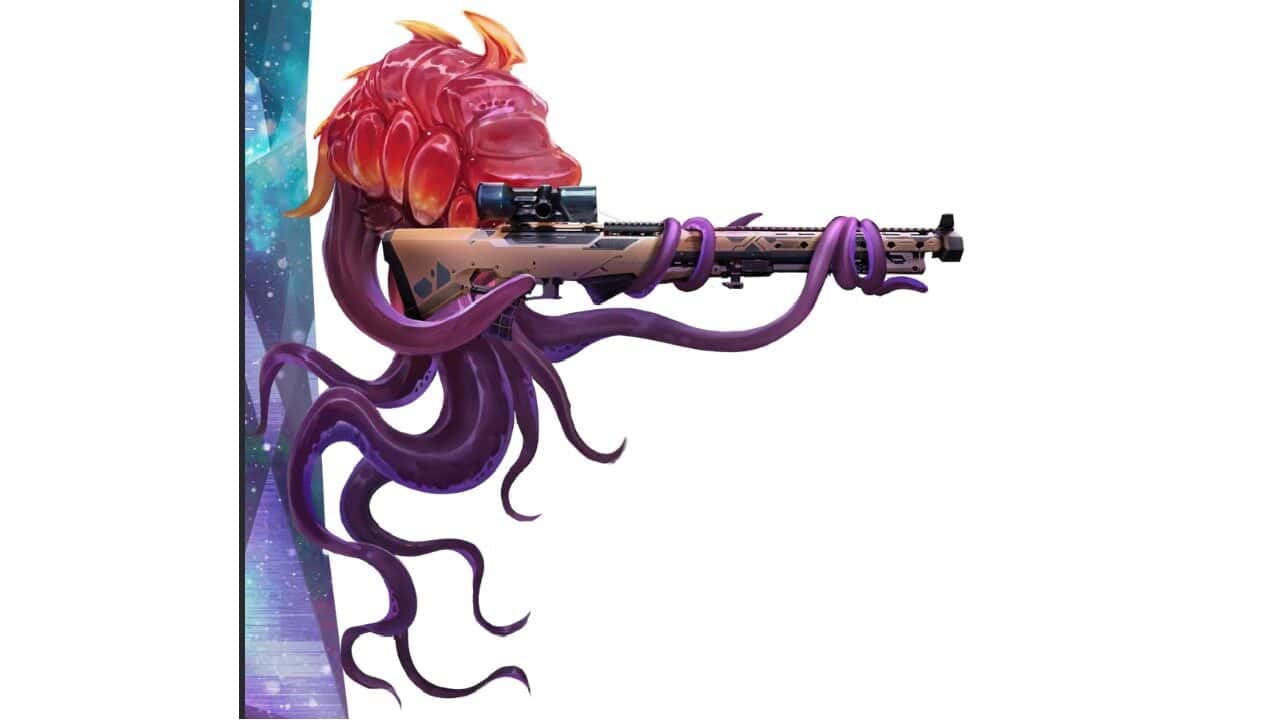
So, the Playtest is free. What else is needed to play? A full breakdown of getting into the hobby with Starfinder is here. Briefly though, besides dice, the only thing a group really needs is the Paizo Core Rulebook. This is $19.99 for the PDF, or $59.99 for the hardcover.
For groups wanting to see how the game plays and are in a rush, Paizo can help. They have handily created six pregenerated characters (or pregens) here. There is a set of 1st level characters, and a set of the same characters at 5th level. This could allow a group to trial the system more thoroughly by playing a two-part adventure; one part covering the group as they are just starting out, the other when they are much more experienced.
The six pregens available are a mystic, a solarian, an operative, a soldier, a witchwarper, and an envoy. All in all, this is a good selection to sample the game. If nothing else, they’re also a handy reference to make sure the character sheet gets properly filled in! Speaking of character sheets, it’s worth noting the official sheets available on the Paizo website are still first edition. This will likely change as the full release approaches. With things like Kinetic Armor Class and Energy Armor class still there though, new groups may find this confusing. Accurate, form-fillable 2e sheets are here. Make sure to have something like this (there's no yellow in the second edition Starfinder logo):
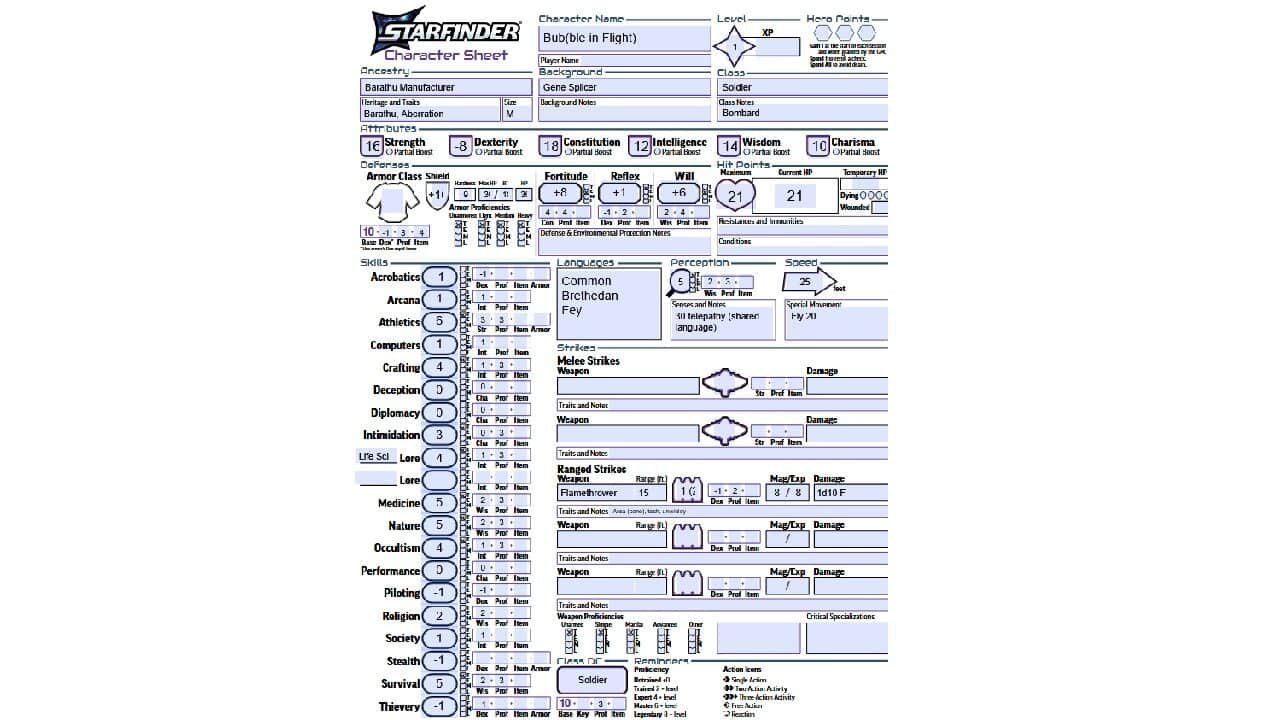
A Starfinder Playtest Conclusion
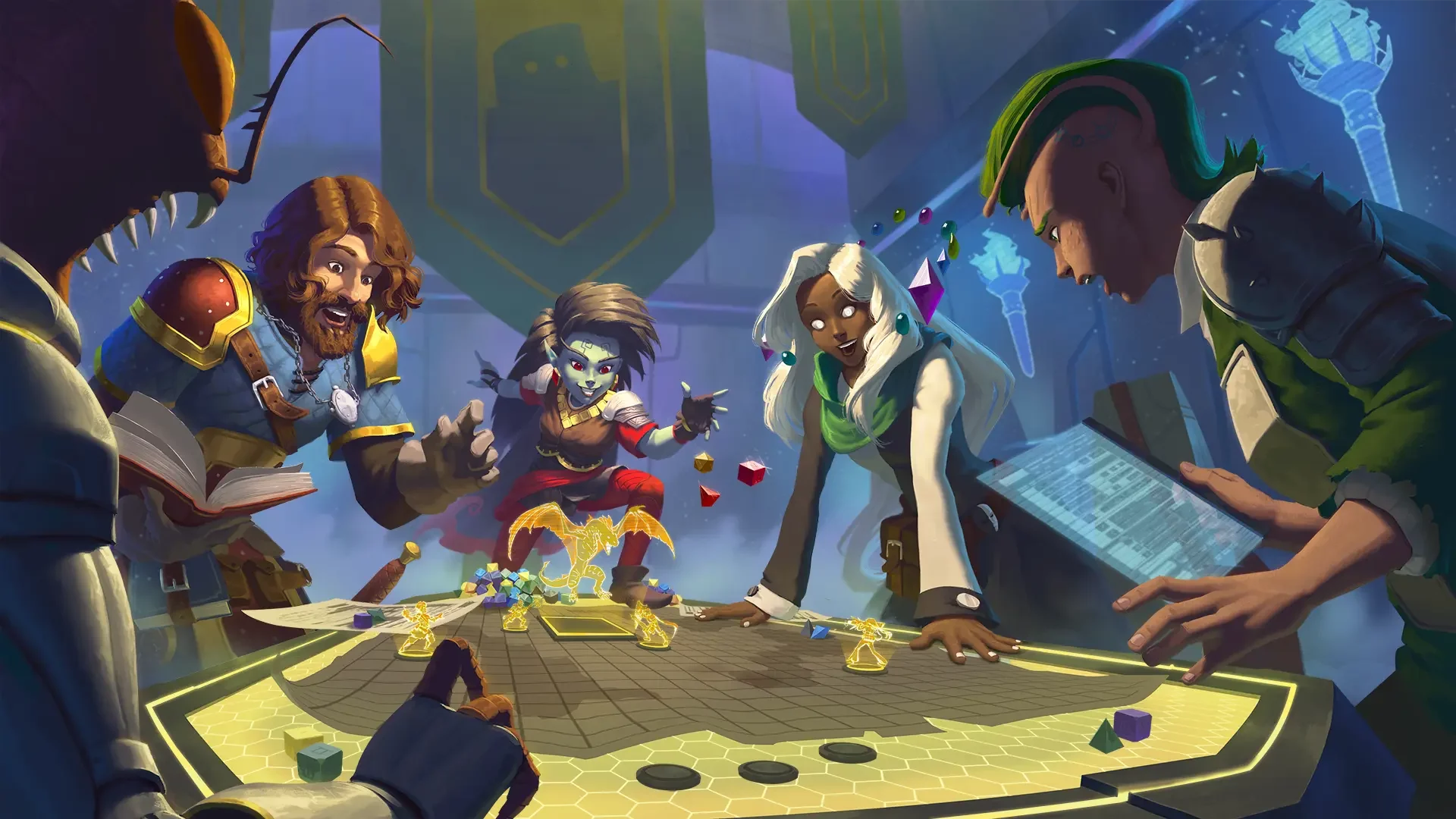
The Starfinder Playtest offers a great chance for experienced groups to try what’s new, and for new groups to experiment. It is definitely a system with more rules, and complex combats are going to take time; however, for groups that can stick with it, there’s a huge amount of tactical depth and interesting choices to enjoy. Tables looking to create a space opera narrative, mixing sci-fi and fantasy together, are going to have a great time. The system gives the chance to play all kinds of themes and explore many emotions, not least humour. The Playtest PDF is available for free; if anyone is even a bit interested, they should totally check it out!
Good luck!

